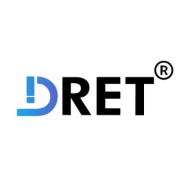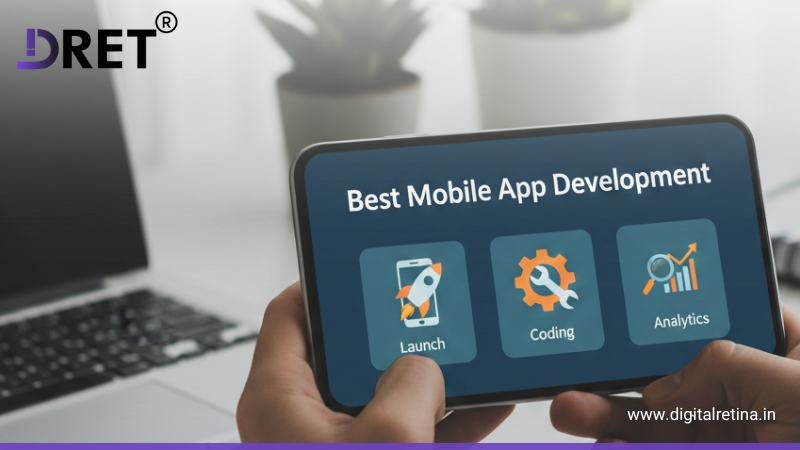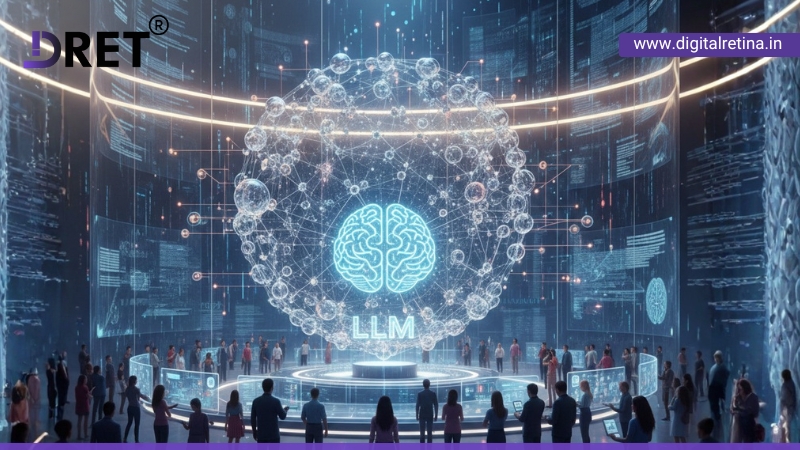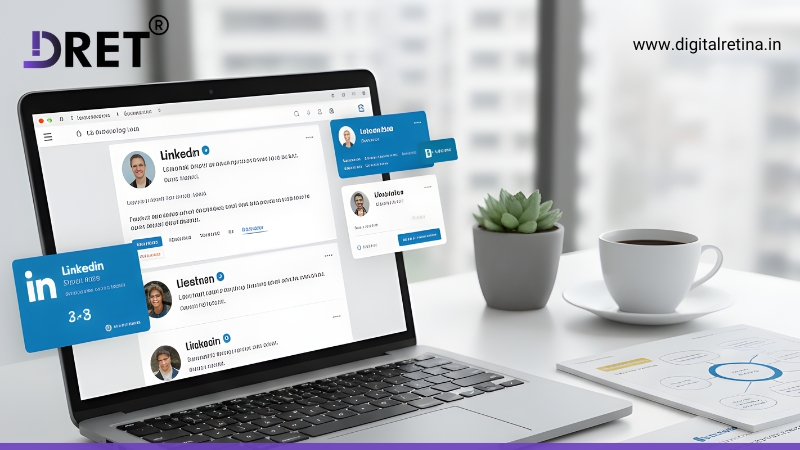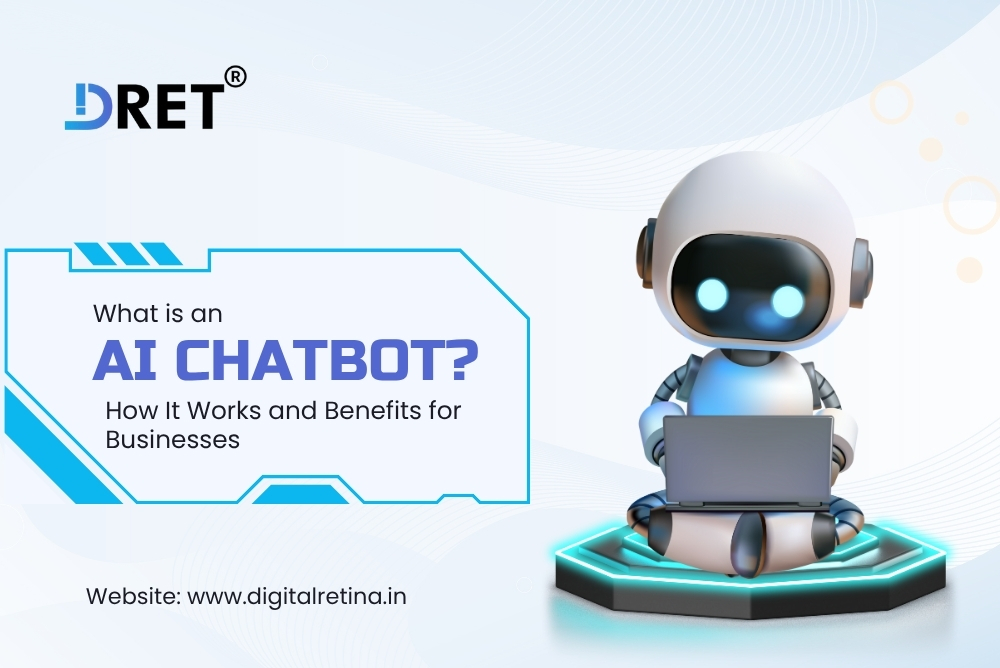
AI chatbots are intelligent software programs designed to simulate human-like conversations, providing instant and accurate responses to user queries. Unlike traditional rule-based chatbots, AI chatbots use artificial intelligence, machine learning, and natural language processing (NLP) to understand the context of conversations, learn from interactions, and continuously improve their performance. They can handle complex queries, offer personalized recommendations, and operate 24/7, making them an invaluable tool for businesses looking to enhance customer experience and streamline operations.
From improving customer support to increasing engagement and boosting sales, AI chatbots have become a game-changer for companies across industries. They can automate repetitive tasks, reduce operational costs, and provide real-time assistance, helping businesses build stronger relationships with their customers while contributing to Conversion Rate Optimization by guiding users through the sales funnel and increasing lead-to-sale conversions. By understanding how AI chatbots work, exploring different types, and recognizing their benefits, businesses can leverage this technology to gain a competitive edge in today’s fast-paced digital world.
What is an AI Chatbot?
An AI chatbot is a smart program that uses artificial intelligence to simulate human conversation. Unlike traditional chatbots that follow fixed scripts, AI chatbots understand natural language, interpret user intent, and provide context-aware responses. For example, an AI chatbot on an e-commerce site can answer, “Which laptop is best for gaming under ₹50,000?” and suggest personalized options, while a rule-based bot would struggle with such queries. Open AI chatbot systems take this further, offering highly conversational and adaptable interactions.
Key features of AI chatbots include:
Natural Language Understanding (NLU): Ability to comprehend human language, including slang, typos, and colloquial phrases.
Context Awareness: Remember previous conversations to provide relevant and coherent responses.
Personalization: Tailor recommendations and responses based on individual user behavior and preferences.
Learning Capability: Continuously improve accuracy and response quality by analyzing past interactions.
Multi-channel Support: Operate across websites, mobile apps, social media platforms, and messaging apps.
By combining these capabilities, AI chatbots are transforming how businesses interact with customers, making support faster, smarter, and more efficient.
The Difference Between Chatbots, AI Chatbots, and AI Agents
Understanding the distinction is crucial for choosing the right solution:
- Chatbots: Operate on pre-defined rules. For example, if a user types “Order status,” the bot replies with a scripted answer. They cannot handle queries outside the script.
- AI Chatbots: Use machine learning and natural language processing (NLP) to understand intent and context. They can respond dynamically and improve over time with data.
- AI Agents: Take AI chatbots a step further by autonomously completing tasks across multiple platforms. For example, an AI agent could not only answer your question but also place an order, track shipping, and send notifications without human intervention.
In essence, AI chatbots are smarter than traditional bots and serve as a bridge toward fully autonomous AI agents.
How Do AI Chatbots Work?
AI chatbots combine machine learning, data analytics, and NLP to provide human-like interaction. The working process can be summarized in four steps:
Input Understanding: The chatbot reads the user input, detects intent, and identifies entities (keywords, dates, products, etc.).
Processing & Analysis: AI algorithms analyze the input, compare it with historical data, and determine the most relevant response.
Response Generation: Using NLP, the chatbot generates a contextual, human-like reply, which can be text, voice, or even multimedia.
Learning and Optimization: AI chatbots continuously learn from interactions to improve accuracy and relevance over time.
This ability to learn and adapt makes AI chatbots far more effective than traditional systems, especially for businesses with high volumes of customer queries.
Types of AI Chatbots
- Businesses can choose from several types of AI chatbots depending on their goals, industry, and customer needs. Each type offers unique features and advantages:
Rule-Based AI Chatbots: Follow a decision-tree logic but leverage AI to handle variations in queries. Ideal for small businesses with limited questions.
Contextual AI Chatbots: Remember previous interactions to offer personalized recommendations, enhancing customer satisfaction.
Voice-Enabled AI Chatbots: Enable natural conversation through voice commands, widely used in smart devices and mobile apps.
Open AI Chatbot: Utilizes advanced AI models like GPT to provide highly accurate, flexible, and human-like responses, capable of handling complex queries across multiple topics.
Each type has its advantages, and businesses often use a combination to serve different customer touchpoints.
Benefits of AI Chatbots
Integrating AI chatbots into business operations can transform customer engagement, streamline processes, and drive growth. They offer numerous advantages that make them indispensable for modern businesses:
24/7 Customer Support: Customers can get assistance anytime, reducing dependency on human agents.
Cost Efficiency: Automates repetitive tasks, reducing operational costs significantly.
Enhanced Customer Experience: Offers instant, personalized responses, boosting satisfaction and loyalty.
Scalability: Handles thousands of conversations simultaneously, supporting growth without increasing staff.
Data Insights: Collects valuable data about customer preferences, enabling businesses to optimize products, services, and marketing strategies.
For example, an AI chatbot on a travel website can instantly provide hotel suggestions based on budget, location, and preferences, while learning from past interactions to improve future recommendations.
- How AI Chatbots Are Used Across Businesses?
AI chatbots are revolutionizing how businesses interact with customers, improve operational efficiency, and drive growth. Across industries, these intelligent systems are being adopted in innovative ways to enhance user experiences and streamline processes.
E-commerce: Product recommendations, order tracking, customer feedback, and sales assistance.
Healthcare: In the medical sector, AI chatbots assist with scheduling appointments, answering FAQs, symptom checking, patient follow-ups, and highlighting why digital marketing is important for healthcare.
Banking & Finance: Account inquiries, transaction alerts, and fraud detection support.
Travel & Hospitality: Flight bookings, cancellations, local recommendations, and concierge services.
Education: Guiding students, answering course-related queries, and facilitating online learning.
Even niche industries like real estate or fitness are using AI chatbots to provide instant customer support, schedule appointments, and nurture leads.
Selecting the Best AI Chatbot for Your Needs
Choosing the best AI chatbot depends on your business goals and requirements. Here’s how to make the right choice:
Define Your Objectives: Are you using the chatbot for support, sales, marketing, or data collection?
Integration Capabilities: Ensure compatibility with your CRM, website, or mobile app.
Customization: Look for AI chatbots that can be trained for your specific products or services.
Scalability: The system should handle growth without slowing performance.
Support & Updates: Opt for vendors that provide regular updates and technical support.
Learning how to make an AI chatbot for your business involves selecting the right platform, integrating with existing tools, and continuously optimizing based on user feedback. Platforms like Open AI chatbot models are excellent for advanced, dynamic interactions.
Unlock the Power of AI for Your Business
AI chatbots are transforming the way businesses interact with customers by providing real-time assistance, personalized responses, and seamless engagement across multiple channels. They help improve efficiency, reduce costs, and boost Conversion Rate Optimization by guiding users through the sales funnel. At DRET, we help businesses implement and optimize AI chatbot solutions, ensuring the best results for customer satisfaction, lead generation, and business growth. Whether you’re exploring how to make AI chatbot systems or selecting the best AI chatbot, DRET provides expert guidance and tailored solutions to keep your business ahead in the digital era.
Ready to Implement These Strategies?
Our team of digital marketing experts can help you navigate these trends and create a winning strategy.

